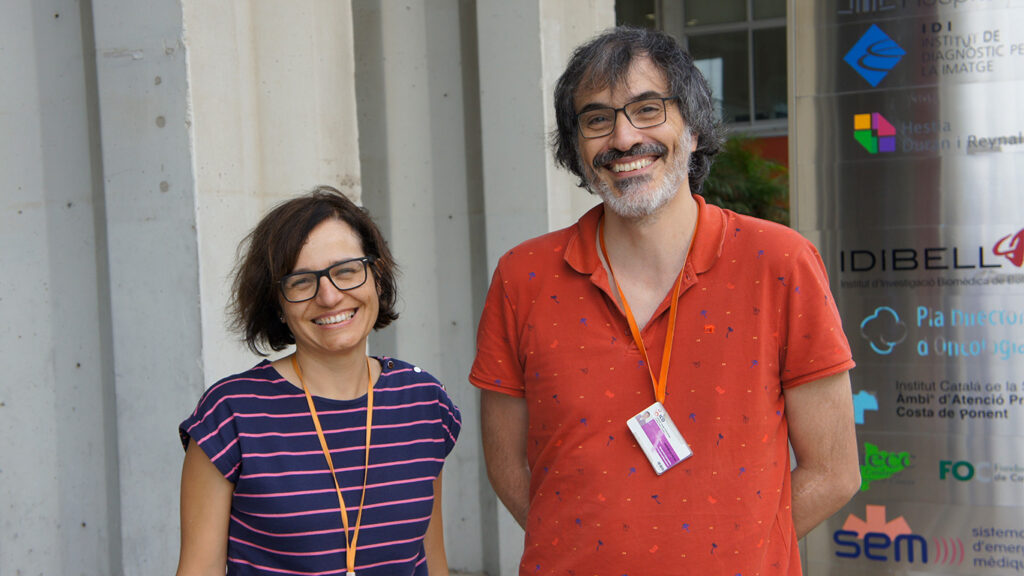Focal epilepsy affects over 30 million patients worldwide and is commonly caused by brain lesions, such as stroke or brain tumors. However, it is unclear why some lesion locations cause epilepsy while others do not.
A new study by led by Harvard University and with the participation of researchers from IDIBELL, Catalan Institute of Oncology and Bellvitge University Hospital found that a common brain circuit may link different lesion locations causing epilepsy.
The researchers studied 5 datasets of over 1,500 patients with brain lesions, including various types of brain damage. Jordi Bruna, head of the IDIBELL Neuro-oncology research group and coordinator of the HUB and ICO Neuro-oncology Unit, explains: “We found that the brain damage associated with epilepsy, rather than being related to the alteration of specific brain areas, is induced by the destructuring of specific circuits that modulate the functionality between different brain areas. This represents a conceptual paradigm shift in the understanding of this type of epilepsy”.
Results suggests that disrupted brain connections, rather than the specific lesion locations, play a key role in epilepsy. The identified key brain connections were located deep within the brain, in regions called the basal ganglia and cerebellum. These structures have been shown to modulate and control seizures in animal models of epilepsy.
The researchers also analyzed data from 30 patients with drug-resistant epilepsy who underwent deep brain stimulation (DBS) to treat seizures. Marta Simó, the other Bellvitge Campus researcher and member of the Neuro-oncology Unit of the HUB and the ICO states: “We discovered that when we stimulate the brain circuit identified in the analysis of lesions we achieve better results, which confirms the importance of these connections in the development and treatment of focal epilepsy”.
Moreover, these findings could have clinical implications for predicting the risk of epilepsy after brain damage. However, Jordi Bruna concludes that “these results are based on retrospective data and clinical trials must now be carried out to finally determine if this circuit can be used as a diagnostic tool and can be used to guide brain stimulation treatments”.
The Bellvitge Biomedical Research Institute (IDIBELL) is a biomedical research center created in 2004. It is participated by the Bellvitge University Hospital and the Viladecans Hospital of the Catalan Institute of Health, the Catalan Institute of Oncology, the University of Barcelona and the City Council of L’Hospitalet de Llobregat.
IDIBELL is a member of the Campus of International Excellence of the University of Barcelona HUBc and is part of the CERCA institution of the Generalitat de Catalunya. In 2009 it became one of the first five Spanish research centers accredited as a health research institute by the Carlos III Health Institute. In addition, it is part of the “HR Excellence in Research” program of the European Union and is a member of EATRIS and REGIC. Since 2018, IDIBELL has been an Accredited Center of the AECC Scientific Foundation (FCAECC).

